#mino guerrini
Explore tagged Tumblr posts
Text
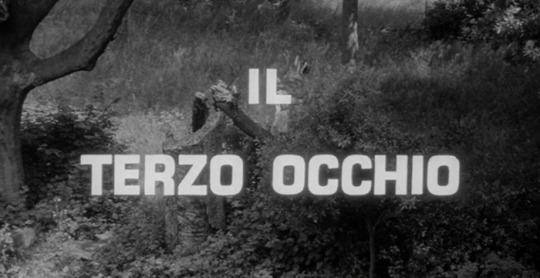


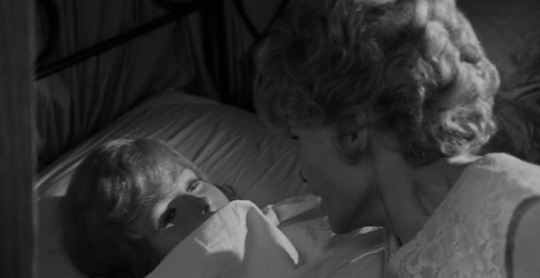

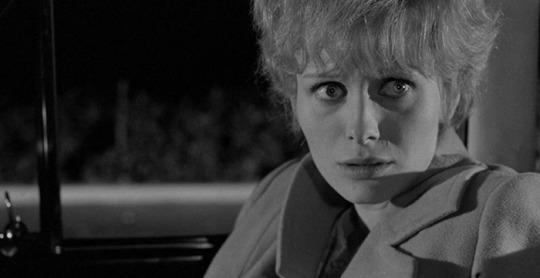



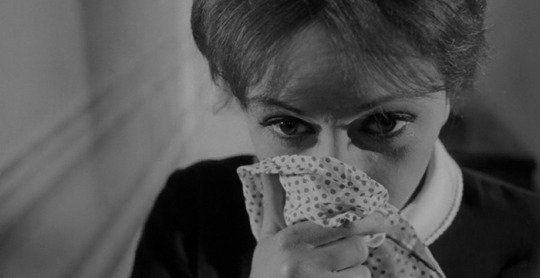
Il terzo occhio Mino Guerrini Italy, 1966 ★★★ Even though it never quite reaches the levels of mindfuckery it seemingly tries to achieve, I nevertheless appreciate the nonsensical nature of the whole thing.
And the movie knows where and when throw a "normal" person in the mix, so the weirdness of everyone involved stands out more.
I still wanna know what happened to the white kitty though.
2 notes
·
View notes
Text
Movie Still from
La Ragazza Alla Pari (1976) Mino Guerrini

Gloria Guida, 1970’s
3K notes
·
View notes
Text
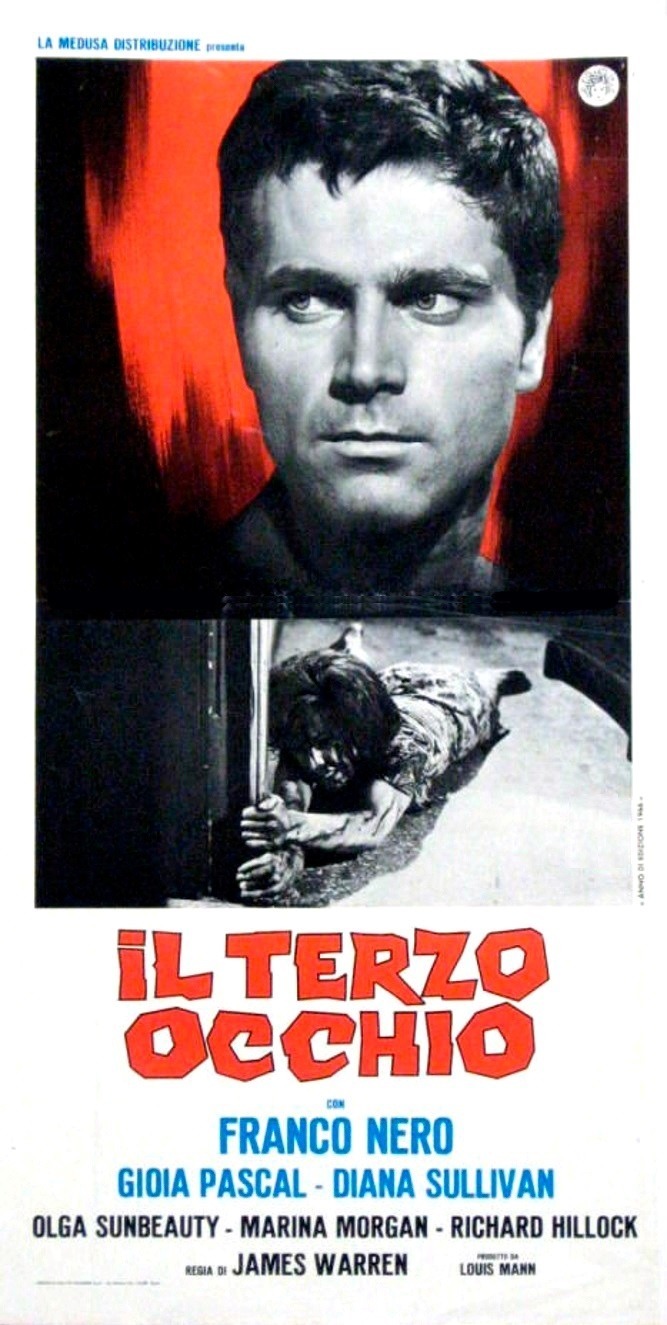

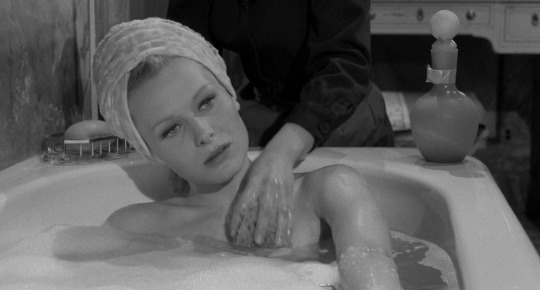
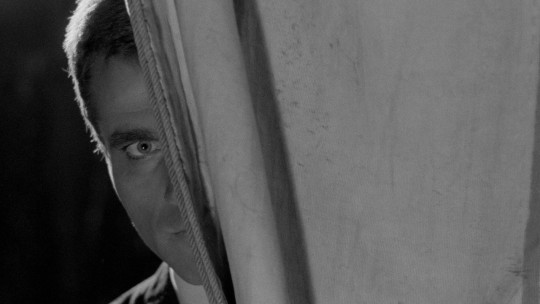

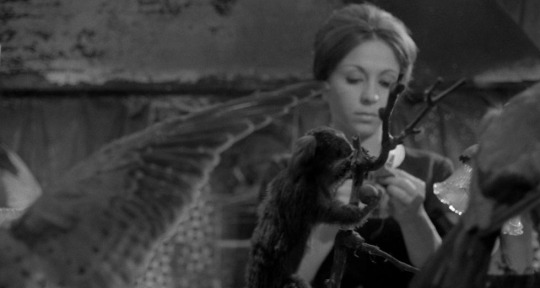
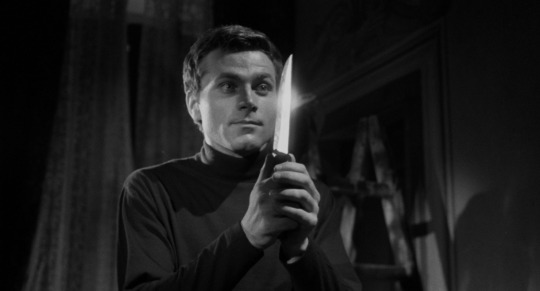
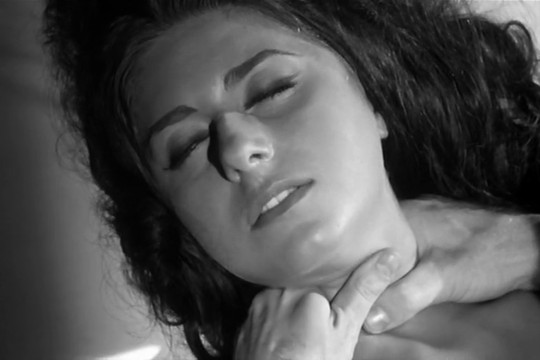
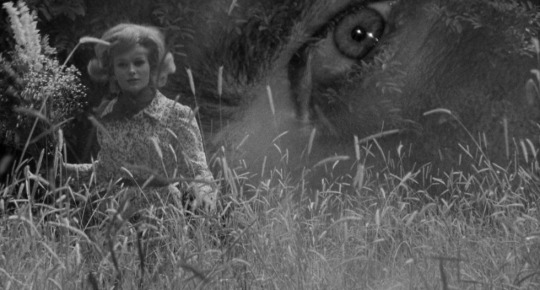

Il terzo occhio (The Third Eye, 1966)
"I'll stay. Under one condition."
"Yes, yes."
"I want to be your wife."
"My wife?"
"You're sick, Mino, and you know it. You also know that you'll never get better. It's pointless deceiving yourself. You'll always be looking for new victims. Only a woman who shares everything with you can understand you and help you. I'll be an understanding wife, for better and - above all - for worse."
#il terzo occhio#the third eye#1966#italian cinema#horror film#mino guerrini#gilles de reys#piero regnoli#franco nero#gioia pascal#erika blanc#olga solbelli#marina morgan#gara granda#richard hillock#luciano foti#francesco de masi#produced and released around the same time as Django but you'd be forgiven for thinking this was a good few years earlier given#how much difference a shave and a tidy haircut make to Franco's visage. queasy italian gothic but feels quite distinct from what the genre#usually offered at this point; the contemporary setting and police chase ending make it feel more blended with poliziotteschi and there's#an interesting (if not entirely thoroughly sculpted) subtext of women's autonomy and the burden of disbelief in terms of gender and class#disparity. mostly tho Franco lookin fiiiiine. remade (unofficially‚ as is the Italian way) in '79 as Buio Omega (Beyond the Darkness) by#Joe D'Amato‚ in a gore soaked excess that trades shadow and tension for nudity and guts. this is the better version I'd wager. heavily#inspired by Psycho‚ right down to the taxidermy birds and the peephole‚ but Franco's unstable mother's boy is a little more shouty#and a little less chilling than Tony Perkins; put it down to the italian blood i guess
1 note
·
View note
Text


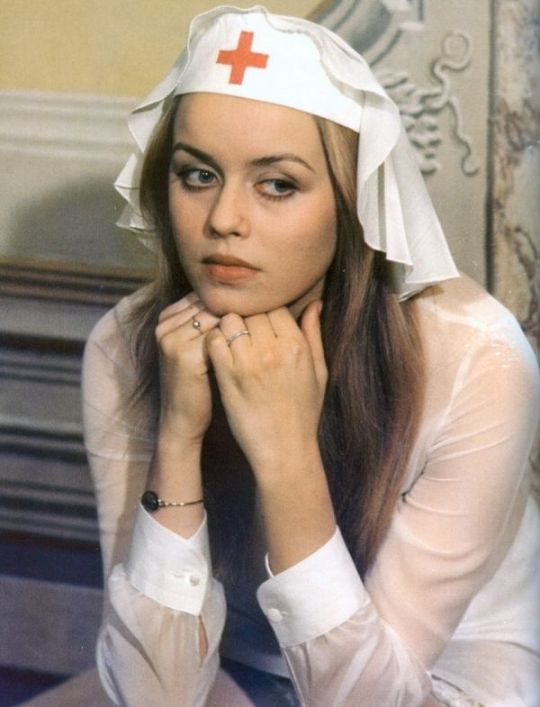
Gloria Guida
La minorenne, regia di Silvio Amadio (1974)
Quella età maliziosa, regia di Silvio Amadio (1975)
Blue Jeans, regia di Mario Imperoli (1975)
La novizia, regia di Pier Giorgio Ferretti (1975)
Peccati di gioventù, regia di Silvio Amadio (1975)
La liceale, regia di Michele Massimo Tarantini (1975)
Il gatto mammone, regia di Nando Cicero (1975)
Il medico... la studentessa, regia di Silvio Amadio (1976)
Il solco di pesca, regia di Maurizio Liverani (1976)
Scandalo in famiglia, regia di Marcello Andrei (1976)
La ragazza alla pari, regia di Mino Guerrini (1976)
L'affittacamere, regia di Mariano Laurenti (1976)
Maschio latino... cercasi, regia di Giovanni Narzisi (1977)
Orazi e Curiazi 3 - 2, regia di Giorgio Mariuzzo (1977)
Il triangolo delle Bermude (The Bermuda Triangle), regia di René Cardona Jr. (1978)
La liceale nella classe dei ripetenti, regia di Mariano Laurenti (1978)
Indagine su un delitto perfetto, regia di Giuseppe Rosati (1978)
Avere vent'anni, regia di Fernando Di Leo (1978)
Travolto dagli affetti familiari, regia di Mauro Severino (1978)
L'infermiera di notte, regia di Mariano Laurenti (1979)
La liceale seduce i professori, regia di Mariano Laurenti (1979)
La liceale, il diavolo e l'acquasanta, regia di Nando Cicero (1979)
Fico d'India, regia di Steno (1980)
Bollenti spiriti, regia di Giorgio Capitani (1981)
La casa stregata, regia di Bruno Corbucci (1982)
Sesso e volentieri, regia di Dino Risi (1982)
Improvvisamente Natale, regia di Francesco Patierno (2022)
71 notes
·
View notes
Text

Sylva Koscina-Philippe Leroy "Love and marriage" (L´idea fissa) 1964, de Mino Guerrini, Gianni Pucinni,
31 notes
·
View notes
Photo
Si trattava di Carla Accardi, Ugo Attardi, Pietro Consagra, Piero Dorazio, Mino Guerrini, Achille Perilli, Antonio Sanfilippo e Giulio Turcato e, nella fase finale del gruppo, del giovane pittore maceratese Wladimiro Tulli.
Furono denominati tutti insieme come "Gruppo Forma 1", e si proclamavano "formalisti e marxisti, convinti che i termini marxismo e formalismo non siano inconciliabili", sostenitori di un'arte strutturata ma non realistica, che dà importanza alla forma ed al segno nel loro significato basico essenziale, eliminando nelle loro opere ogni pretesa simbolista o psicologica.
Forma 1 propose una mediazione tra i due opposti linguaggi dell'arte italiana di quel periodo, divisa tra astrattismo e realismo, con un'arte basata sulle intuizioni dell'artista rappresentate in modo oggettivo, che divengono immagini concrete di forma-colore, al di fuori di ogni astrazione formale.
Col passare del tempo ogni artista del gruppo svilupperà un linguaggio personale, dall'astrattismo alcuni torneranno al figurativo, mentre il discorso astratto verrà portato avanti soprattutto da Carla Accardi, ricercatrice e sperimentatrice del genere, secondo una personale poetica legata al segno-colore con divagazioni materiche ed informali in una ricerca ancora non conclusa. Il gruppo finirà poi per sciogliersi nel 1951, ma segnò l'arte contemporanea italiana del Novecento.
Il gruppo fu in contatto con il gruppo fiorentino dell'Astrattismo classico.

Forma 1
Pietro Consagra, Mino Guerrini, Ugo Attardi, Carla Accardi, Achille Perilli,Antonio Sanfilippo, Giulio Turcato, and Piero Dorazio
#Forma 1#Carla Accardi#Ugo Attardi#Pietro Consagra#Mino Guerrini#Achille Perilli#Antonio Sanfilippo#Giulio Turcato#Wladimiro Tulli
4 notes
·
View notes
Photo


Il terzo occhio / The Third Eye (Mino Guerrini, 1966)
27 notes
·
View notes
Text










Il Terzo Occhio (The Third Eye)
1966 was a stellar year for Franco Nero. He starred in one of my favorite adaptations of Dashiell Hammet’s Red Harvest, Django and in the first of the four Gamma One space opera quadrilogy The Wild, Wild Planet. I still need to get around to watching the fourth entry in that quartet. Bookended between these two films was a third disparate work that I was unfamiliar with Il Terzo Occhio (The Third Eye), directed by Mino Guerrini. The other day I was scrolling through Instagram and the user @echoesmyron31 posted that this was remade as Buio Omega (Beyond the Darkeness/Buried Alive). I had just watched Buio Omega the night before! I had to watch this. I found a copy on YouTube. I’m not sure if it was complete, but attempts had definitely been made to include previously excised material. This was evident as the print quality changed during some scenes of violence, sexual content, and sexual violence, also the spoken language switched to a German dub which was noticeable as thankfully the film was presented in original Italian language with English subs. I hope this film receives a legitimate release as it deserves to be seen since the highly regarded (among cult movie fans) Buio Omega rests heavily on its shoulders. The film is in black and white and utilizes interesting camera work like Dutch tilts and high and low angles, and different lenses. Some of the mania is in your face as a wide angle lens is used to distort the character’s faces. Franco Nero billed here as Frank Nero brought a delirium to his character that I previously had not seen him bring to the screen. It was fun to see even when he was chewing up the scenery. Interestingly the character Franco portrayed shares the first name with the director, Mino. Fans of Buio Omega, Giallo, horror (there are more than a few nods or similarities to Psycho) and perhaps even German expressionism should seek this film out!
#il terzo occhio#the third eye#franco nero#mino guerrini#giallo#horror#1966#buio omega#beyond the darkness#buried alive#photo set#grindhousecellar
25 notes
·
View notes
Photo










omicidio per appuntamento / date for a murder (it/wger, guerrini 67)
#Omicidio per appuntamento#date for a murder#mino guerrini#george ardisson#halina zalewska#franco delli colli
6 notes
·
View notes
Text


Il terzo Ochhio (1966)
0 notes
Photo

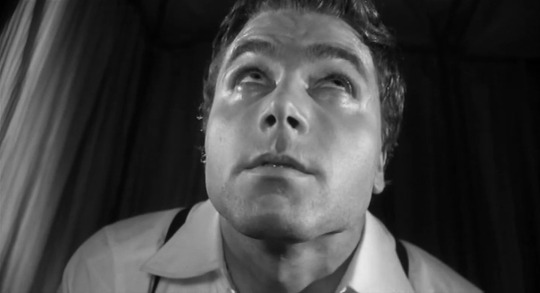


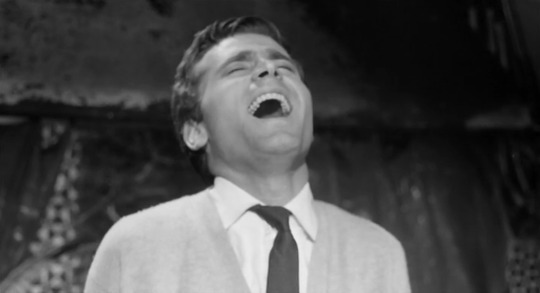

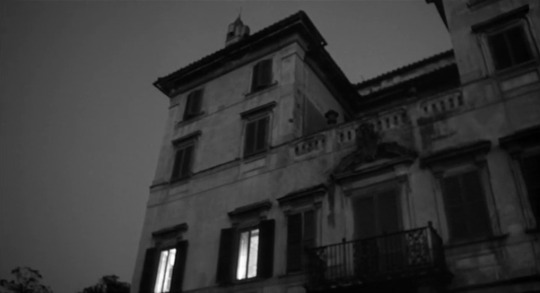
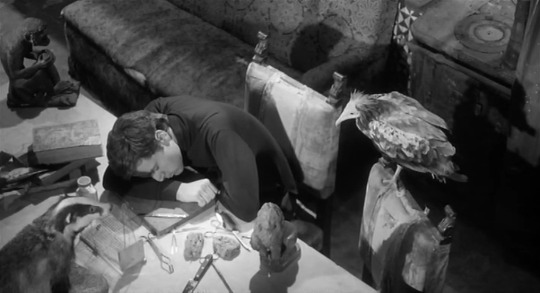


The Third Eye / Il terzo occhio (1966, Mino Guerrini)
8/18/22
#The Third Eye#Il terzo occhio#Franco Nero#Gioia Pascal#Erika Blanc#Olga Solbelli#Marina Morgan#Richard Hillock#thriller#horror#60s#Italian#grindhouse#B movie#aristocrats#psycho#mental illness#mother and son#Italy#madness#murder#serial killers#mama's boys#maids#jealousy#taxidermy#birds#suspense#hitchcockian#mansion
4 notes
·
View notes
Photo


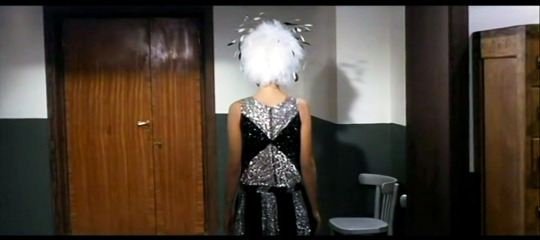







Mino Guerrini, Omicidio per appuntamento, 1967
#giallo#giallo film#date for a murder#omicidio per appuntamento#1960s#60s#60s fashion#architecture#modernism#roma#rome
17 notes
·
View notes
Photo

Exposition Art Blog Ugo Attardi - Italian Modern Painting
Ugo Attardi (12 March 1923 in Sori – 20 July 2006 in Rome) was an Italian painter, sculptor and writer.Attardi moved from Genoa to Rome in the early 1950s, where he formed the group Forma 1 together with other artists such as Carla Accardi, Pietro Consagra, Piero Dorazio, Mino Guerrini, Concetto Maugeri, Achille Perilli, Antonio Sanfilippo and Giulio Turcato. His sculpture of Ulysses is now permanently installed in Battery Park in New York…
More
#Ugo Attardi#Italian art#italian painter#art#paintings#artistic#figurative art#modern art#contemporary art#visual art#culture#art blog#exposition art blog
28 notes
·
View notes
Photo

Labirinto Carla Accardi 1957 From the collection of MUSEION Details Title: Labirinto Date: 1957/1957 Physical Dimensions: w103.5 x h74 cm (frame / cornice / Rahmen) Collection: Autonomous Province of Bozen/Bolzano – Südtirol/Alto Adige Artist: Carla Accardi Provenance: MUSEION Foundation. Museum of modern and contemporary art Bolzano Type: Painting Rights: Foto: Erich Dapunt External Link: http://www.museion.it/?lang=en Medium: Oil on canvas
MUSEION Bolzano, Italy
Museion is the museum of modern and contemporary art in Bolzano, Northern Italy, founded in 1985 and located in a new venue, designed by the architecture firm KSV, Berlin, since 2008. The cubic building has transparent front and rear façades and can be reached from one side via the museum’s two parallel bridges with oscillating curves.
The museum plays an important role on the Italian and Alpine contemporary art scenes. Over the past few years it has presented, often for the first time in an Italian museum, solo shows of top international artists such as Carl Andre, VALIE EXPORT, Rosemarie Trockel, Isa Genzken and Francesco Vezzoli. At the same time, space has always been dedicated to younger up-coming artists such as Monica Bonvicini, Klara Lidén, Rossella Biscotti and Danh Vo. The over 4.500 works of the Museion Collection are exhibited periodically, on a rotation basis and in themed exhibitions and in the Summer, a programme of artists’ videos is projected on the media façade, creating a suggestive atmosphere for those lounging along the river bank or passing by on foot or bicycle.
Museion is dedicated to making contemporary art and the museum as open and approachable as possible for all. For this reason, since 2012 the ground floor has been open to the public and can be rented free of charge by cultural associations. The space also hosts Museion’s rich programme of collateral and educational events, conceived for people of all ages, with varying levels of familiarity of Museion and contemporary art.
Carla Accardi Oct 9, 1924 – Feb 23, 2014
Carla Accardi was an Italian painter who contributed significantly to the acceptance of abstract art in Italy. Accardi was born in Trapani, Sicily in 1924 and studied at the Academia di Belle Arti in Florence before relocating to Rome in 1946, where she would live until her death. Her early paintings focus on the use of color and geometric shapes, depicting circles and signs. Accardi started making her first paintings in black and white. During the 1960s she began painting abstract calligraphic shapes using blue or green hues on a red background.
At this time she also began using a clear plastic material called Sicofoil. She used this material to make Tendas, or tents of clear plastic, which she adorned with painted forms. During the late 1970s she withdrew from art making to become part of the militant feminist movement with critic Carla Lonzi. She is considered a key member of the Italian Avant-Garde and her artwork influenced the Arte Povera movement in the late 1960s.
In 1947, she co-founded the Forma 1 Marxist-inspired art movement with Ugo Attardi, Pietro Consagra, Piero Dorazio, Mino Guerrini, Achille Perilli, Antonio Sanfilippo and Giulio Turcato.
Labirinto Carla Accardi 1957 was originally published on HiSoUR共享艺术
2 notes
·
View notes
Photo




Il terzo occhio / The Third Eye (Mino Guerrini, 1966)
24 notes
·
View notes








